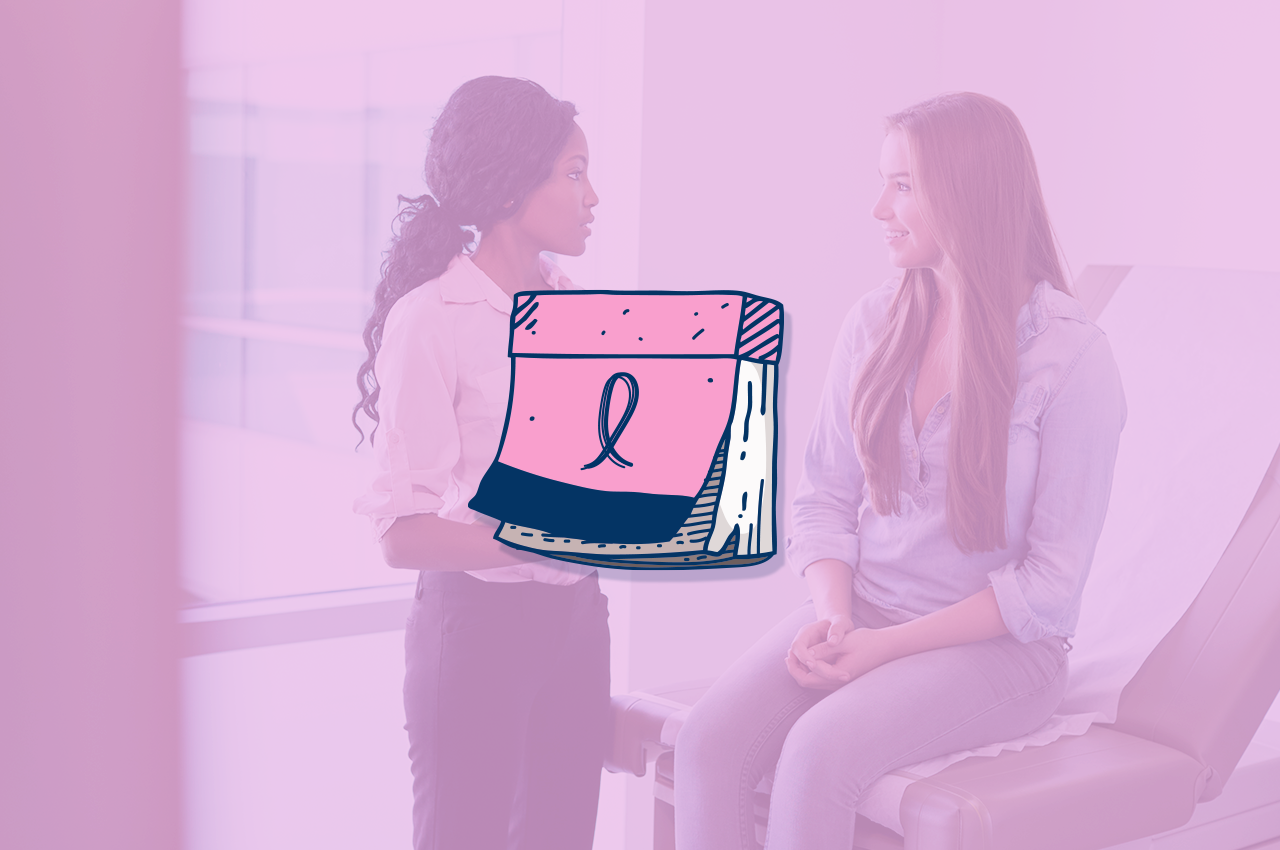In South Africa, one in 29 women will get breast cancer in their lifetime. The good news is that the earlier it’s detected, the greater your chances of survival. This is why regular breast exams are essential for your health and peace of mind.
The ABCs
A clinical breast exam is done by a doctor or gynaecologist in the consultation room. This is what he looks for:
- Rashes or dimples on the skin of your breasts.
- Strange lumps, bumps or discharge from your nipples.
- He will then feel the entire surface of your breasts, underarms and collarbone. This is done to feel for any abnormal lumps and bumps. An abnormal bump can be the size of a pea. Your doctor will assure you if you have lumps that aren’t a sign of cancer. Usually these softer lumps are caused by hormones or a cyst. A cancerous lump will generally be hard and not squishy.
If your doctor does find something abnormal, he will analyse the shape, size, and texture. He may refer you to a breast cancer specialist for a further screening. This doesn’t mean that you have cancer. It could still turn out that the lump is benign (not harmful).
Other tests
Mammogram. If your doctor finds something during your exam, he may send you for a mammogram. This is a thorough X-ray of your breast tissue. Doctors advise women start going for a mammogram from the age of 40 or earlier if they have a higher risk of cancer.
Ultrasound. This is the same device used when you’re pregnant and the doctor wants to scan your womb. This is used to see what’s going on inside your breast. A breast ultrasound is done when the result of a mammogram needs to be explored further. Your doctor will recommend when you should go for one.
How to prepare
1. Self-help
The best way to prepare for a breast exam with your doctor, is by doing regular breast-checks yourself. Do this at least once a month, and preferably the same time every month. This way, you will become familiar with the monthly changes of your breast, and you will have a lot of useful questions to ask your doctor.
Doing a self-exam
- Look at your naked breasts in the mirror while standing up straight. See if there’s any unusual rash or swelling.
- Raise your arms and look for anything abnormal in the underarm areas.
- Look out for an abnormal discharge from your nipples.
- Lie down on your bed and gently feel your breasts and the underarm areas.
- Feel your chest and collarbone area as well.
- Stand up straight and feel your breasts again.
If you feel anything irregular, make an appointment with your doctor straight away.
2. Ask questions!
Your doctor is open to questions and concerns. Make a list of everything you’re worried about before your consultation. Tell your doctor about your family history so he can know whether you have a high or low risk for breast cancer. You should also ask your doctor when you’re supposed to start going for annual mammograms. If your doctor is concerned about your risk or an abnormality, ask as many questions as you need about the next steps to take.
Remember: you are in charge of your body. Your doctor may be there to help you, but the more you know about your own body, the better the chance to prevent cancer.

